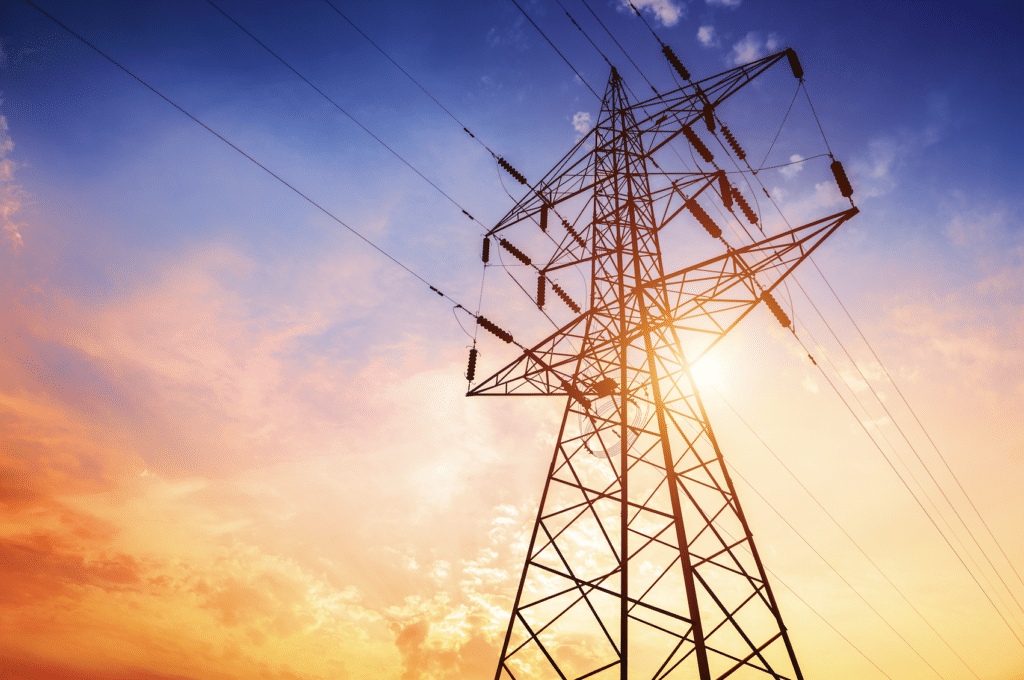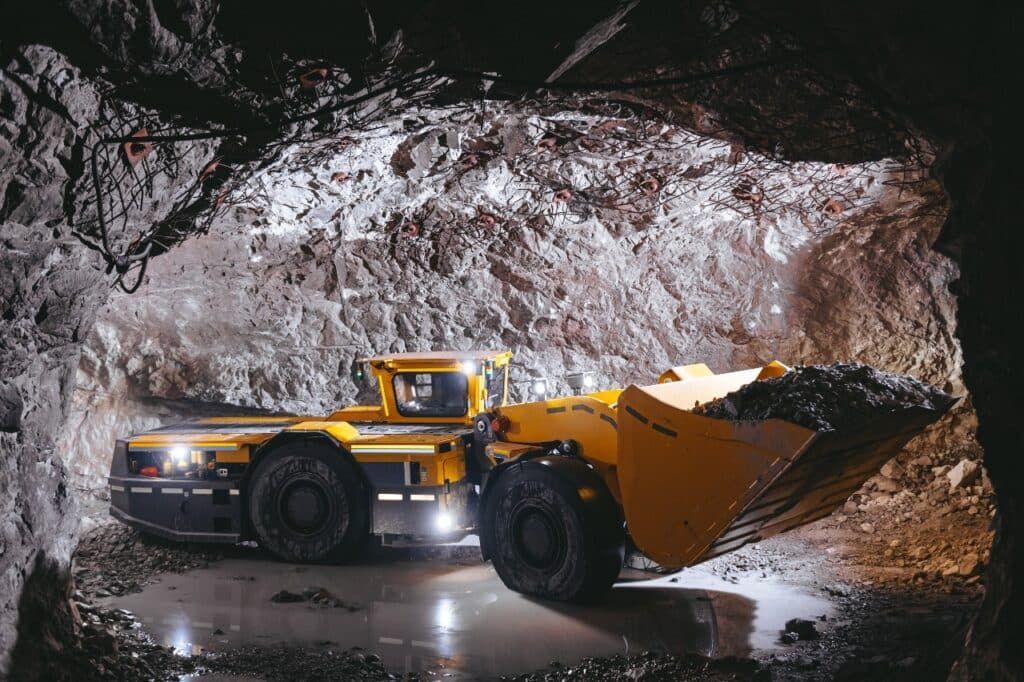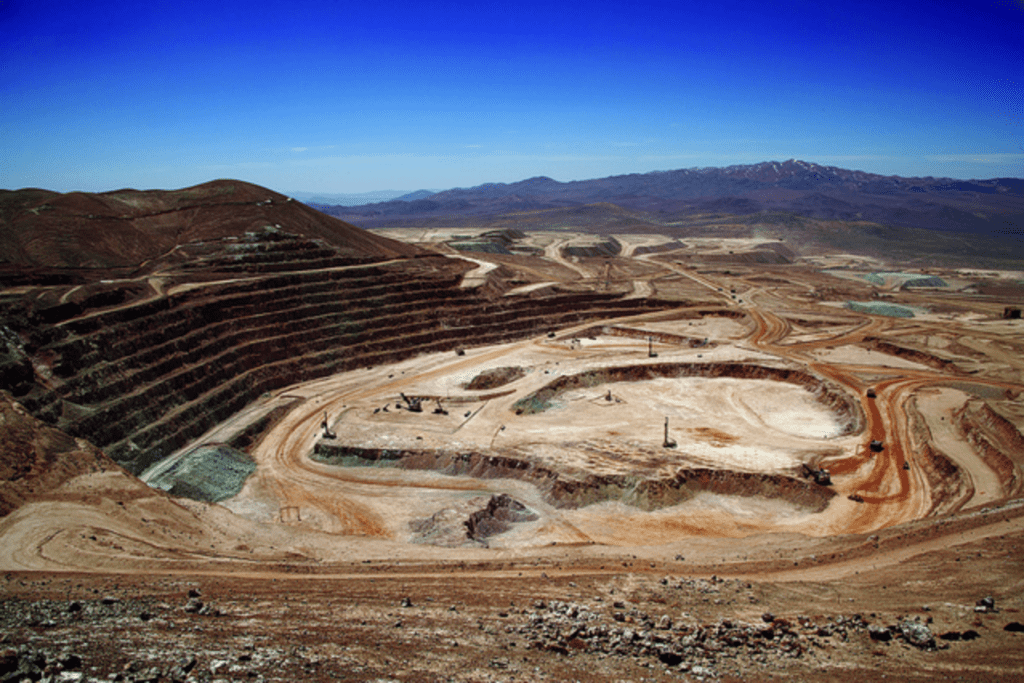Western Australia needs to diversify to overcome effects of mining bust: Report
The region can create 165,000 new jobs by 2025, contribute more than $19 billion to its economy if it capitalises on other existing industry strengths
Resource-rich Western Australia (WA), usually known for its mining industry, can create 165,000 new jobs by 2025 and contribute more than Australian $19 billion to its economy if it capitalises on its other existing industry strengths and identifies areas for future development.
These were among the findings of the 2019 Bankwest Curtin Economics Centre (BCEC) report Future-Proofing the WA Economy.
In late 2019, Western Australia experienced a mining boom, with more people being employed in the mining industry than in the few years before. But the boom soon ended, and the reliance on the industry badly affected the region’s economy.
Currently, mining accounts for 34 per cent of the state’s economy, which makes it highly concentrated, and thus exposes the state to extreme volatility, according to study lead author Steven Bond-Smith.
“If we were more diversified, we’d have been more resilient to the changes followed by mining bust,” said Bond-Smith.
The identified new ventures or expansion opportunities for WA are industries that could be expected to be already strong in WA, but have not yet been fully realised relative to their potential, the report said. These include defence technologies, rare-earth minerals, big data and tourism.
This diversification can be achieved through ‘smart specialisation’, a policy approach that identifies expansion opportunities or new ventures which build the capabilities of industries already performing well. WA can better counter-balance mining’s peaks and troughs by strengthening its other industries, the report said.
The defence industry, for example, comes as a strong option for diversification in the mid-west, Gascoyne and Kimberley regions, the report said. The Federal Government’s Northern Australia agenda also seeks to invest in the defence industry as a key part of both growing and diversifying these regional economies.
The agenda currently includes a $930 million investment to upgrade facilities and infrastructure in northern WA.
Similarly, prawn fishing, offshore caged aquaculture and fishing all build on the Kimberley’s existing strengths in other fishing and offshore longline and aquaculture.
In the Great Southern, the opposite end of the state, could create 2,300 jobs and generate A$200 million by exploiting its strengths in aquaculture, agriculture and horticulture, sawmilling, timber dressing and accommodation.
According to Bond-Smith: “With the state’s current policy landscape, you often get initiatives that end up being about the political ‘flavour of the month’, with no overarching, long-term vision. This report can support flagship policies with better governance to identify regional priorities as part of an ongoing process of regional development.”
SOURCE: https://www.downtoearth.org.in/news/mining/western-australia-needs-to-diversify-to-overcome-effects-of-mining-bust-report-79415




